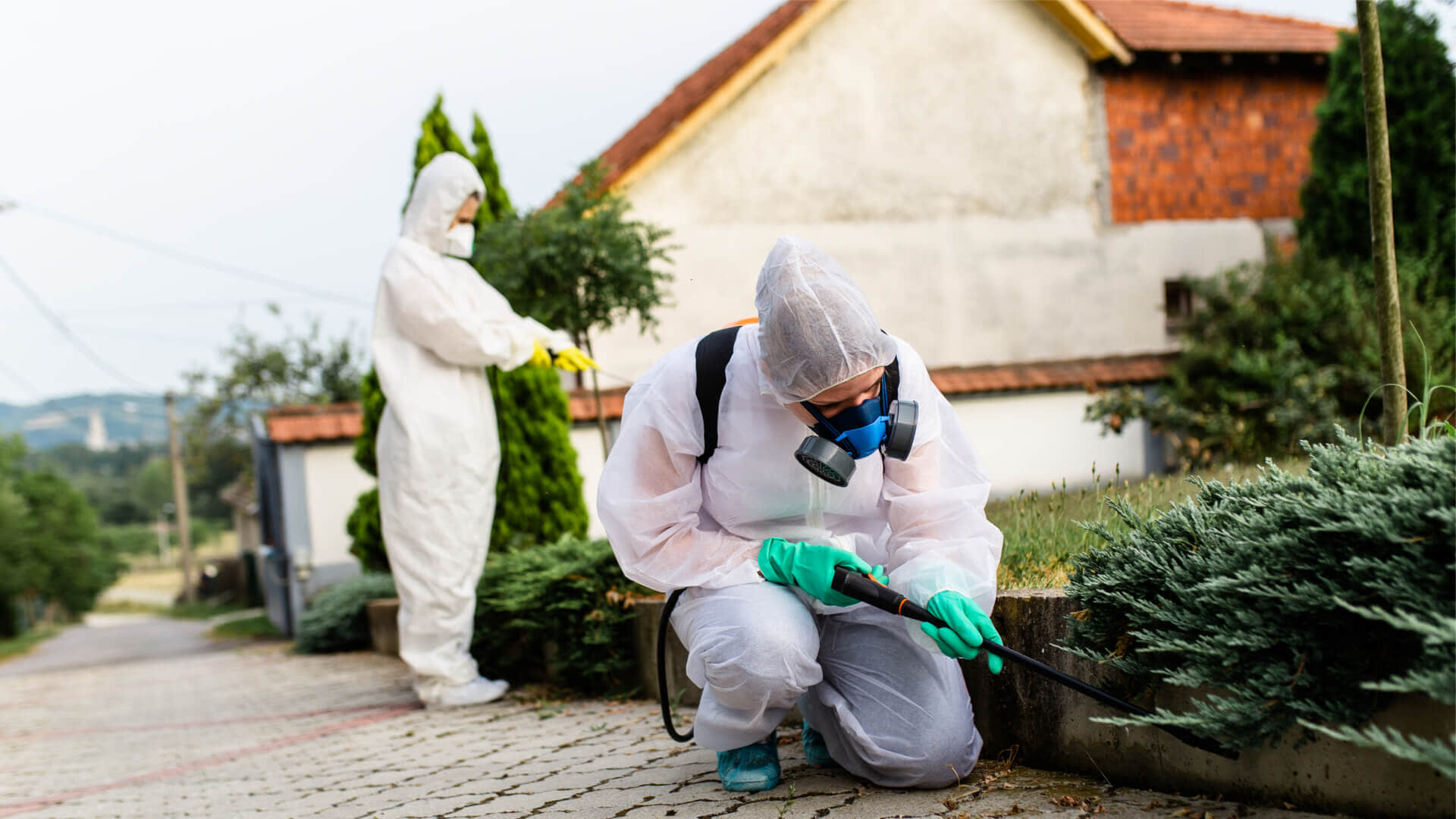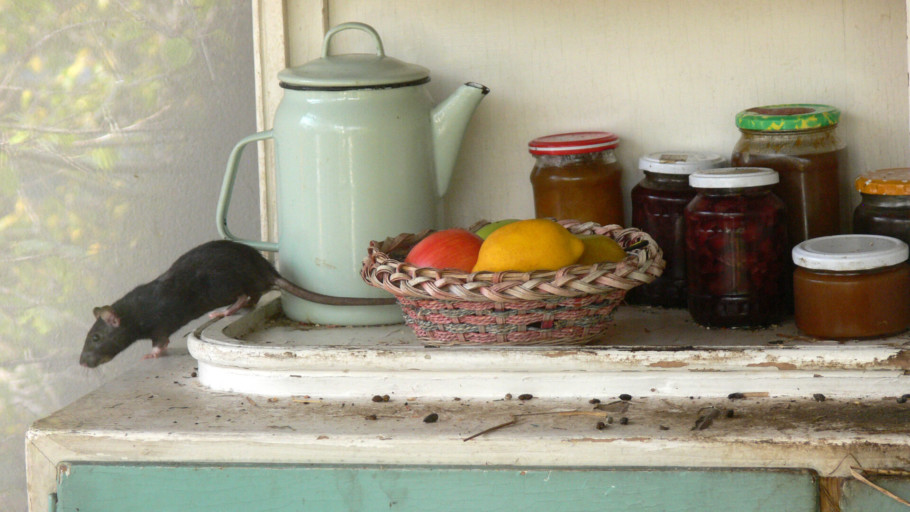The Most Common Mistakes People Make When Getting Rid of Household Pests
Household pests are easy to attract and difficult to repel, so if you suspect that you are sharing your home with unwanted guests, proceed with caution: the measures you take will either help or hinder your chances of success. Unless you are an expert, dealing with critters inside your home can come with a steep learning curve that could have you pumping your fist in triumph or reaching for the phone to call in the professionals.
In this article we take a look at the 10 most common mistakes people make when getting rid of household pests in hopes that you can avoid them.
Not Taking Precautions
By far the most significant error for any homeowner is neglecting the preventative measures that can keep pests at bay. Check, for example, that the fascia and timbers on the exterior of your home are in sound condition. Any gaps or cracks will act as an open doorway to bugs and animal life. You should also check around door and window frames for gaps, and check the roof for missing or cracked tiles. The most effective way to prevent household pests is to do a tour of the exterior of your house, look for areas of concern, and deal with them.
Ignoring the Problem
Don’t put off until tomorrow what can be done today. Once you have identified potential areas where infestation can occur, deal with it swiftly. If you ignore the issue, you are leaving open the door to a bug or animal problem. Rodents can squeeze into holes as tiny as half an inch in diameter, so don’t get lulled into a false sense of security; rather, break out the silicone and seal up those gaps.
Using Unsafe Practices
If you are a novice and determined to DIY the problem, don’t take unnecessary risks with yours or your families health. You need to have some basic knowledge of what to do before you start, or you may find that the problem escalates in spite of your efforts.
In addition, when dealing with dangerous chemicals make sure they are appropriately labeled and stored in a safe place away from children. And when you do use chemicals, don’t place them in areas where family pets might come into contact with them.

Cutting Corners
Hiring a professional company to rid you of invaders is often expensive, so for those on a budget it might not seem like the best option. You may be tempted to save money by choosing the cheapest options; proceed carefully, though, because using the least expensive methods may not be the most effective at dealing with the problem and could cause the problem to return at a later date if you haven’t dealt with it properly.
Waiting Until the Last Minute to Hire In Help
If you have given it your best shot and the problem persists, then it might be time to admit defeat. Realizing the job is too big for a DIY novice, though, is half of the problem; what if waiting too long to call in the experts has worsened the infestation?
There is a cost to this as well; by trying to save money on a DIY solution, calling in the professional at the last minute when the problem is at its greatest means that the workload has increased along with the time needed to set it right. All of these things cost money, and you will be the one footing the bill.
Using the Wrong Products
Choosing the correct product for the job is vital if you want a successful outcome. If you don’t know what that product might be, you could be making the situation worse, spending money needlessly and increasing the time it takes to resolve the issue. Worst of all, you might spread the infestation to parts of the house as yet untouched.
Not Doing Your Research
Knowing a Dampwood termite from a drywood variety or a German cockroach from an American type is crucial if you are going to deal with your pest problem effectively. The best way to identify what is infesting your home is to get into the spots where they like to congregate and get a photo. Then, sift through Google and looking for distinctive marks or identifying features. If you are still unsure what bug you have, take advice from a professional exterminator who should be happy to advise you. Once you establish the species, you can cater for a more effective remedy.

Keeping a Messy House
Keeping a messy house only encourages more pests to enter your home. They like places with suitable shelter, so having mess scattered around gives them the warmth and security they crave. Also, leaving food spread over the house is another way of encouraging unwanted visitors. Keep food off the countertops and, where possible, seal it in containers that stop the scents from escaping. Once you’ve gone through the pain of ridding yourself of your pest problem, prevent them from returning by keeping the house tidy and clean.
Ignoring the Outside Space
Gardens are havens for bug life, and all the while they live in the yard, we’re blissfully happy. Bugs provide food for the wildlife and birds, and thus contribute to a vibrant space where we can get in touch with nature, but the backyard can also be an open invitation for those same bugs to enter our homes.
If you are going to plant bug friendly shrubs and plants, make sure that you designate an area well away from the house. Keep any patios swept, remove any rotting wood or mulch to the safety of the flower beds away from the base of your home, and always weed out the joints of your paving because that’s a particular favorite spot for ants to nest.

Final Thoughts
Budgets might mean you need to tackle pest invasions on a DIY basis, but keeping costs down means avoiding some of the most common mistakes made. Know your own limitations, and don’t be too proud to call in the experts if you fail to tackle the problem. Most companies offer a guarantee on their work, so it could buy you peace of mind too. It could also save you more money in the long run, and prevent the infestation returning.




